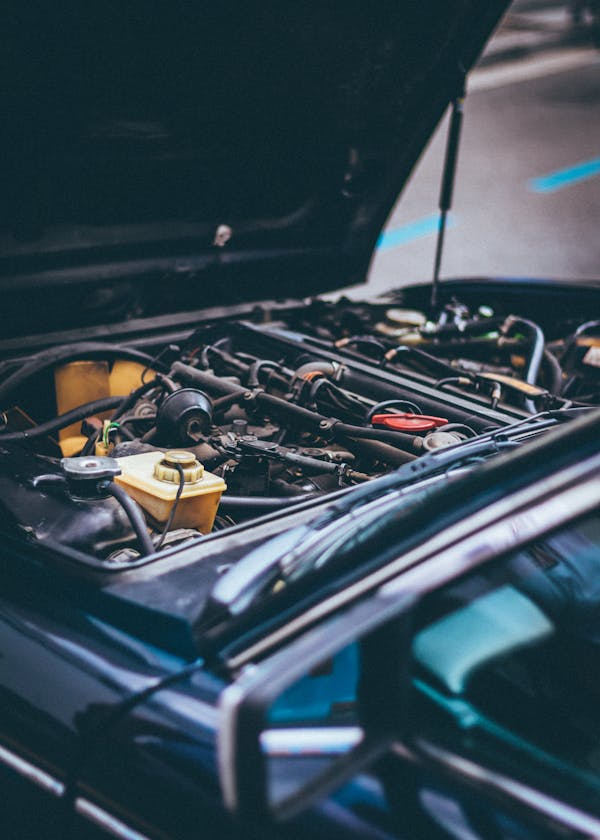Understanding Different Types of Batteries and Their Role in Automotive Applications
The battery is the heart of your car’s electrical system. It’s vital for a variety of functions including starting the engine and powering accessories.
Standard lead-acid batteries, also known as flooded or conventional, are typically found under the hood or in the trunk. They have liquid electrolyte and require recharging with distilled water to avoid evaporation.
Wet Cell Technology
Wet cell batteries have plates (lead anodes and lead dioxide cathodes) immersed in a liquid electrolyte solution. When you turn on your car, this activates a chemical reaction that produces an electrical current. The current travels through the starting system to fire your engine and power other systems.

These are the most common types of car batteries, used to start engines and power auxiliary systems like lights. They’re also found in emergency lighting systems and some portable tools, such as cordless drills.
Flooded wet cell batteries can be either serviceable or maintenance free, with removable caps that allow the electrolyte level to be viewed and refilled. The latter have a sealed design that prevents water from spilling if the battery is accidentally dropped or turned on its side.
Wet cell batteries can have a high discharge rate that makes them ideal for applications requiring bursts of power, such as starting cars. They can be recharged many times, but overcharging can shorten their lifespan and damage the battery’s internal components.
Lead Acid
Car batteries containing lead acid operate in a process of charge and discharge. They have lead plates immersed in sulphuric acid in six cells that produce voltage to power your car’s electrical systems and accessories.
In wet cell batteries, the electrolyte is a solution of sulfuric acid and distilled water. These batteries need to be placed upright to prevent leaking and to allow for watering from time to time.
Each discharge and recharge cycle permanently robs the battery of a small amount of its capacity. The sulfate build-up from repeated cycles causes the battery to lose its ability to accept a full charge, reducing its life expectancy. Adding Epsom salts or EDTA (ethylenediamine dithiophosphate) to the battery can help reduce the internal resistance and restore its life expectancy. However, this can contaminate the battery’s internal components and is not recommended for prolonged use. This is why it’s important to inspect your battery periodically. It’s also a good idea to buy a battery that comes with a warranty.
Absorbed Glass Mat (AGM)
AGM batteries became popular in the 1980s and are a less maintenance alternative to traditional flooded lead acid car batteries. They also provide powerful bursts of starting amps and can run power-hungry accessories.
Instead of a flooded design, an AGM battery uses a fiberglass mat to absorb and immobilize electrolyte between the plates. This prevents spills even if the battery is cracked, damaged or improperly sealed.
The mats also reduce vibration and movement between the battery’s lead plates, which helps extend battery life. Plus, their sealed design allows them to withstand freezing temperatures (they lose some of their cranking amps but still have enough power for emergencies).
AGM batteries do not require a special charger and can be charged with a standard battery charger or an engine alternator using a battery isolator. However, advanced chargers with equalization settings should be disabled because they can cause damage to the battery mats and lead plates. AGM batteries also don’t need to be watered like flooded lead acid batteries because they do not have free liquid electrolytes.
EFB
Modern vehicles come equipped with a wide variety of features that help get drivers safely to their destinations, including lane-keep assist and smartphone integration. Unfortunately, these advanced electronics require a lot of power. They also demand a steady flow of energy to prevent them from draining during extended periods of time when the car isn’t driven.
Conventional flood lead-acid batteries may not be able to keep up with the energy demands of these advanced technologies. That’s why a battery with an EFB or AGM technology is recommended.
An EFB (enhanced flooded battery) is a more advanced version of conventional FLAs that can handle the increased service/technological requirements of today’s cars. These batteries are specifically designed to support Start-Stop systems that shut down the engine in traffic and save fuel, but have enough reserve capacity to keep electronics running when the vehicle restarts. They also offer improved high temperature resistance to better withstand the higher discharges and recharges associated with these systems.